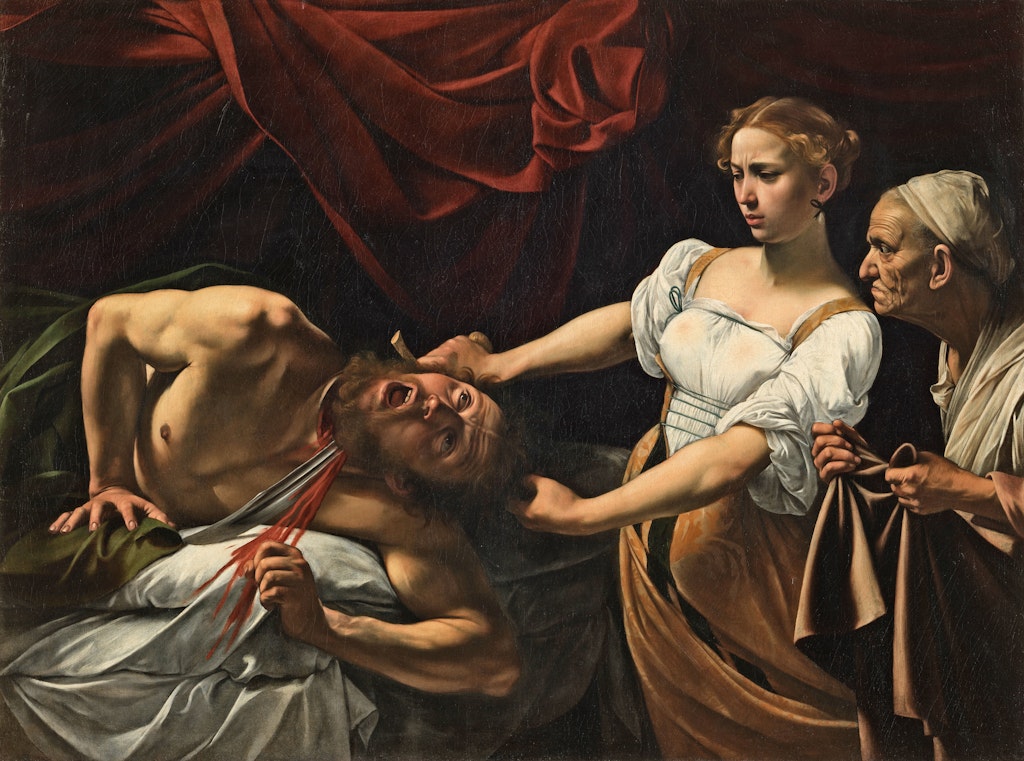The late Leonardo
The Louvre’s anniversary exhibition has been a fraught exercise from first to last
Little about Leonardo was easy in his lifetime and the same has proved true in death. He was, his peers found, an infuriating man — preternaturally gifted but ridiculously tardy. If he could be persuaded to start a painting — and it was a big if — then getting him to finish it was another matter altogether.
The Augustinian monks of San Donato in Scopeto in Florence were driven to distraction by Leonardo’s refusal to complete the “Adoration of the Magi” they had commissioned in 1481; his “Saint Jerome in the Wilderness”, started at about the same time, was similarly abandoned when the painter headed for Milan; in 1504 he was tasked with painting “The Battle of Anghiari” for the council chamber of the Palazzo Vecchio, but he never completed it; and in the time it took Leonardo to complete the Mona Lisa, Michelangelo painted the entire Sistine Chapel ceiling.
Five hundred years after his death and Leonardo is still attended by delays and missing works. The Louvre’s anniversary exhibition, which has recently opened, was long trailed as the most comprehensive Leonardo show for a generation. However, it is not quite as spectacular as was initially promised and has proved to be a fraught exercise from first to last.
Earlier this year, Italy’s culture ministry reneged on the promised loan of several Leonardos
The reason the Louvre was best placed to hold such a show is that it owns more Leonardo paintings than anywhere else: five out of 15 that are universally agreed to be his, as well as 22 drawings. It has, though, managed to borrow just three other paintings by him, and so has supplemented this relatively meagre hoard with works by pupils and his master Verrocchio (but not the works they painted jointly). Bizarrely, the Mona Lisa is not part of the exhibition; it remains in its usual place, and viewing it is an exercise in frustration and queuing etiquette as visitors snake down a corridor before catching a brief glimpse of it behind glass and from a distance.
The Louvre has been in negotiation about loans with various Italian institutions for years but increasing nationalism queered the pitch. Earlier this year, Italy’s culture ministry reneged on the promised loan of several Leonardos from the Uffizi. Lucia Borgonzoni, a member of Matteo Salvini’s Northern League, undersecretary for the Italian ministry of culture and, ironically, the niece of a painter, explained the reasoning: “Leonardo is Italian; he only died in France . . . giving the Louvre all those paintings would mean putting Italy on the margins of a great cultural event.”
This naked xenophobia, which undermines the whole basis for international exhibitions, was reiterated in different form little more than a month before the Louvre opening when the heritage group Italia Nostra went to court to stop Leonardo’s celebrated drawing of Vitruvian Man travelling. They argued that such was its fragility that it would have to be kept, unseen, for a decade after its return from Paris. The court rejected the application only weeks before the exhibition opened.
A peace accord of sorts between the Italian and French culture ministers was, however, signed in September. They came up with a deal that gave the green light to a cluster of Italian-held Leonardos travelling to France in return for several French-owned Raphaels being loaned to Italy for next year’s anniversary of that painter’s death.
Italian politics has not been the only problem. A non-show at the Louvre is the world’s most expensive and controversial painting, the $450-million “Salvator Mundi”. It had been promised to the exhibition, the first time it would have been seen alongside undisputed Leonardos since the National Gallery’s 2011 exhibition (where it appeared in a state of intermediate restoration), but did not materialise. Plans showing the painting’s placement in the exhibition’s final room were withdrawn just a week before the opening and the Louvre had apparently prepared two versions of the catalogue — one with and one without the “Salvator Mundi”.
The Louvre has not, however, given up on the painting arriving now that the exhibition is open. The French government has just signed an order of amendment to its existing legislation indemnifying loans to the exhibition to accommodate the painting’s late arrival. This is not the only legal security negotiated; in June 2018, the French authorities issued a “decree of immunity” for the painting, meaning it could not be seized during its stay in the Louvre, despite there still being unresolved issues surrounding an earlier sale.
The painting’s current whereabouts, however, remain a mystery: latest reports put it on a superyacht belonging to the Saudi prince Mohammed bin Salman somewhere in the Gulf.
What these shenanigans go to show is just how fragile and disruptable are the processes behind major loan exhibitions. Even shows as important as the Louvre’s generally begin with informal approaches between curators — only then do museum directors get involved. But the real trouble starts when politics kicks in.
Enjoying The Critic online? It's even better in print
Try five issues of Britain’s most civilised magazine for £10
Subscribe














